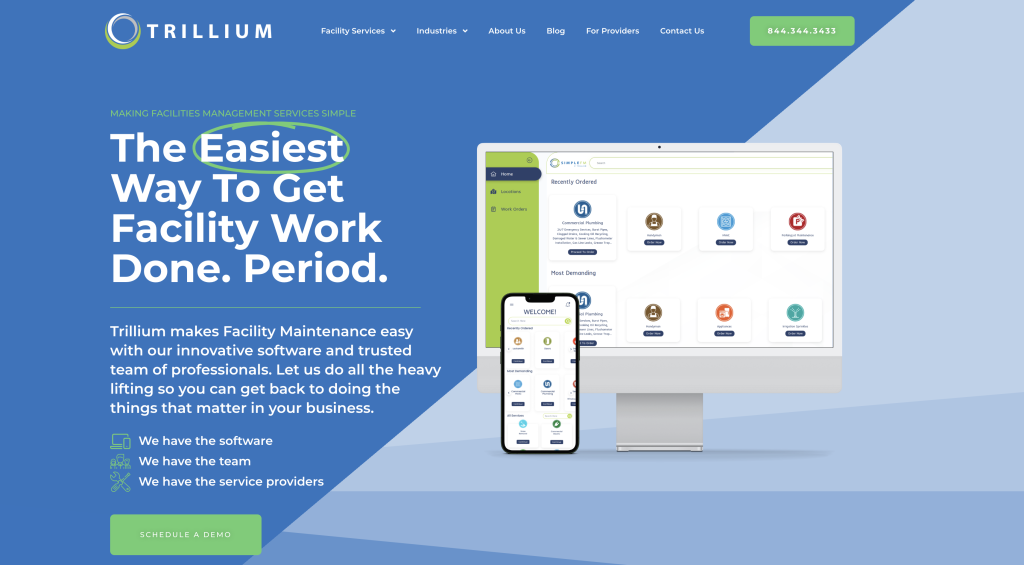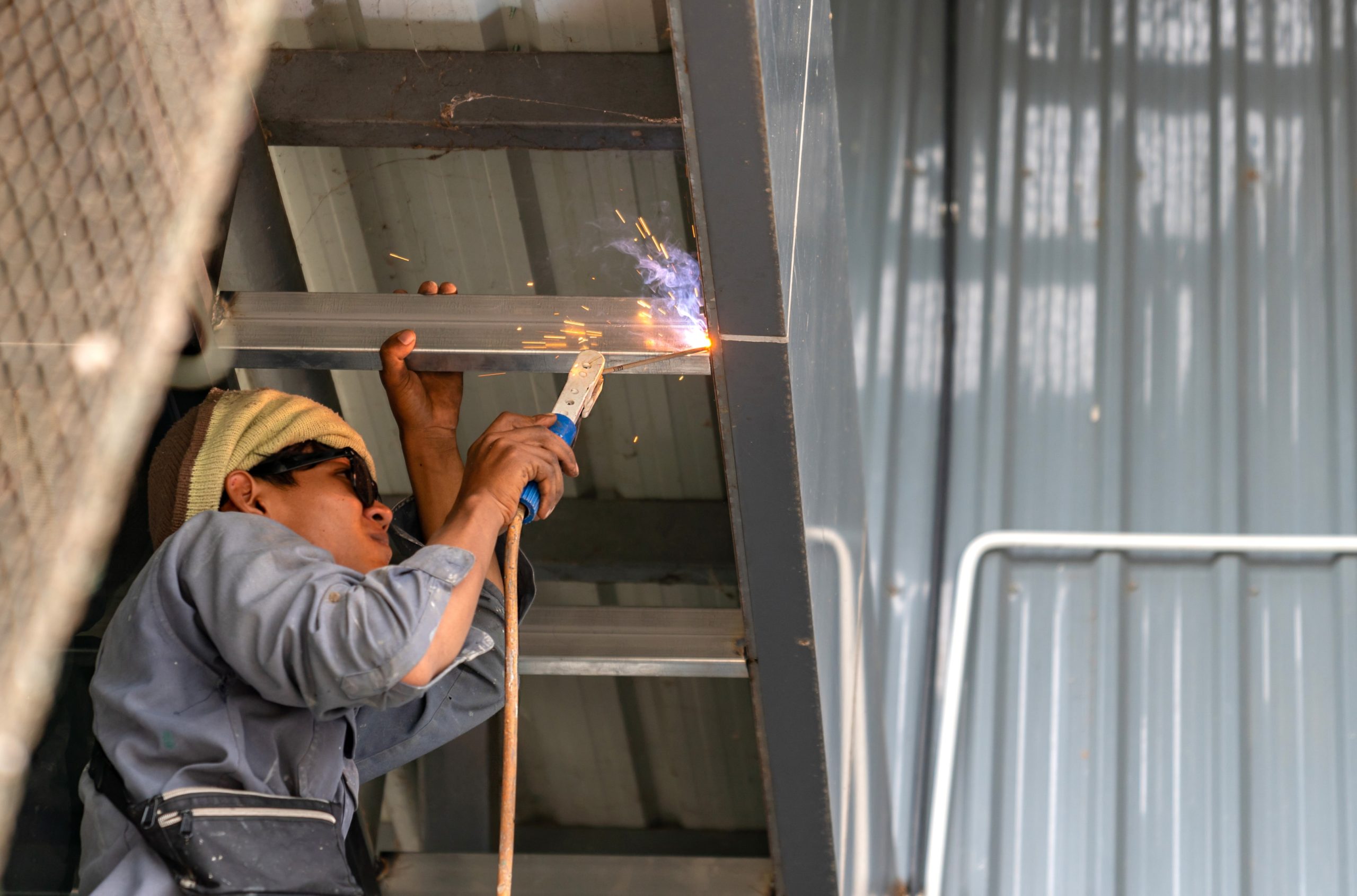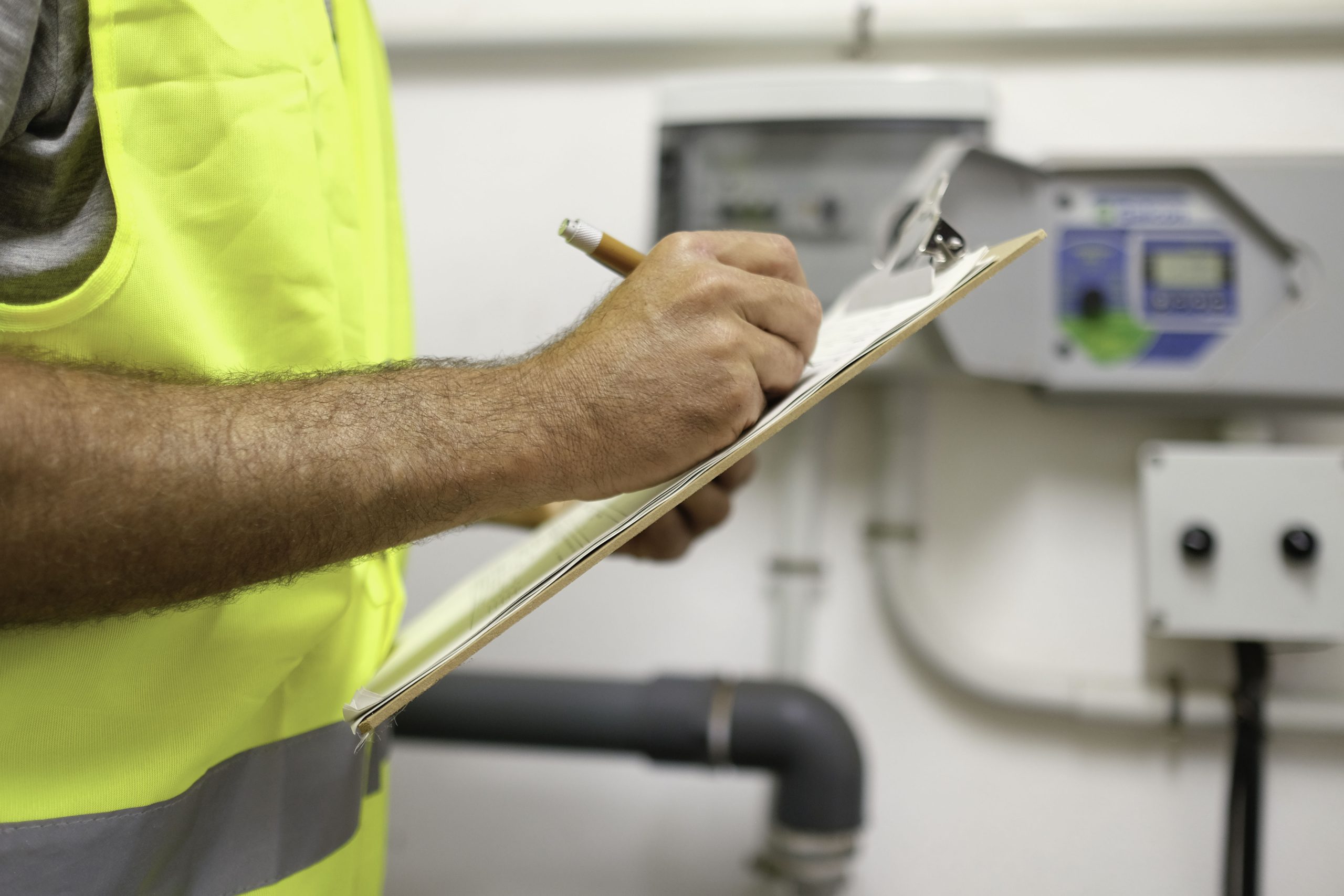Ever had to fix the AC, rearrange a floor plan, or track down a cleaning crew that didn’t show up? That’s part of facility management.
It covers a lot more than people think. From technical systems to the services people rely on every day, it takes coordination to keep everything in place.
This guide breaks down the main types of facility management, beginning with the two core categories most buildings rely on. Then we’ll get into the more focused areas that help you manage space, equipment, safety, and day-to-day operations.
Two Core Categories of Facility Management
If you’re responsible for keeping a building functional, you’re already dealing with two main categories of facility management. These are the foundation for everything else.
One side handles the physical structure. The other supports the people inside. When both are working as they should, you avoid delays and unnecessary work orders.
Hard Facility Management (Hard FM)
This category focuses on the building’s physical assets. It’s what you maintain, repair, inspect, and rely on to avoid breakdowns. When equipment fails, this is usually where the problem starts.
Hard facility management covers:
- HVAC systems
- Electrical systems and lighting
- Plumbing and water infrastructure
- Fire safety systems and inspections
- Building systems like elevators and generators
- Routine building maintenance and compliance checks
- Preventative maintenance planning and lifecycle management
If a pipe bursts or an elevator stops working, this is where the pressure lands. You can handle it by sticking to maintenance schedules and making sure equipment stays compliant.
Soft Facility Management (Soft FM)
Soft facility management focuses on the people using the space. These services shape the work environment and directly affect comfort, cleanliness, and productivity. When something is off here, people notice immediately.
Soft FM focuses on:
- Custodial services and routine cleaning
- Waste disposal and recycling programs
- Landscaping and grounds care
- Front desk reception and mail services
- Security personnel and camera monitoring
- Space allocation and office layout changes
- Support services like pest control and catering
This category applies to staff working in a building. Whether it’s a school, office, or hospital, these services affect how the space feels and how well people can do their jobs.
Specialized Types of Facility Management
Once you’ve covered hard and soft FM, focus on the areas that handle daily tasks and long-term planning. These specialized types give you more control over how the building runs and how the work gets done.
1. Occupancy and Space Management
This area covers how space is used inside a building. Do you often handle seating charts, meeting room access, and changes in team locations? When people shift roles or departments, you need a system that keeps those transitions organized and on track.
Space management also supports hybrid work setups, where office attendance changes by the day. Managing space well improves comfort and prevents wasted square footage.
2. Asset Management and Lifecycle Planning
As a facility manager, you’re responsible for tracking and maintaining a building’s physical assets. This includes HVAC units, water heaters, backup generators, company vehicles, and specialized tools or equipment.
Using asset tracking software, you can log asset locations, service history, and warranty details. Lifecycle planning allows you to schedule replacements or major repairs before failure.
This becomes even more important in healthcare facilities, where equipment outages can affect patient care.
3. Building Systems Management
Core building systems make or break your day. HVAC systems, electrical systems, fire safety setups, and plumbing require constant attention.
You’re responsible for inspections, upkeep, and compliance. This is where preventative maintenance saves you from backlogs and late-night calls. It also protects building maintenance schedules and reduces risk tied to safety violations or overlooked repairs.
4. Environmental and Sustainability Management
You also manage how your building affects the environment. This means tracking energy and water usage, cutting waste, and identifying areas where the facility could be more efficient.
Many managers work toward reducing environmental concerns like high energy bills or landfill output. This type might include setting up recycling programs, switching to LED lighting, or monitoring systems that waste power.
It supports long-term savings while aligning with company-wide sustainability goals.
5. Emergency Preparedness and Safety Management
When emergencies happen, someone has to be ready to act. This type involves creating evacuation plans, managing access control systems, and handling compliance with safety protocols.
If a fire alarm goes off or a lockdown is required, people rely on you to have a clear plan.
Regular fire drills, documented safety procedures, and up-to-date emergency signage are all part of this category. It focuses on reducing risk wherever possible.
6. Financial and Performance Management
Facility budgets are rarely simple. Repairs, service contracts, and one-off maintenance requests all add up quickly. This type of management helps track where the money is going and how it ties back to business operations.
You can use computer-aided facility management (CAFM) software or internal reporting tools to track costs by building, vendor, and asset type.
Over time, you’ll know where to cut back, where to invest, and how to align spending with your organizational goals.
7. Real Estate and Lease Management
You need this when you’re managing more than one facility or overseeing leased properties. It includes tracking square footage per lease, handling lease renewals, reviewing property usage, and flagging upcoming expirations.
For example, you might be responsible for 10 leased spaces. Without visibility into lease terms, you could miss renewal windows or pay for unused space. You’ll use this to manage space allocation and oversee real estate decisions.
8. Service Vendor and Contract Management
Most facilities rely on external service providers for repairs, inspections, cleaning, and equipment servicing. Without oversight, these relationships often break down or become inconsistent.
This type focuses on managing vendor contact details, insurance documentation, service contracts, and job performance.
Let’s say your elevator maintenance contractor keeps missing scheduled service. You need proper documentation and a clear process to hold them accountable or find a replacement.
9. Workplace Experience and Support Services
This type of facility management affects how people feel in your building every day. It includes custodial services, restroom supplies, ambient temperature, lighting comfort, noise levels, and scent management.
When employees or guests mention discomfort, it’s often tied to this category. Whether it’s a restroom that wasn’t cleaned properly or poor lighting in a shared space, facility managers are the first to hear about it.
Addressing these concerns quickly improves workplace experience and reduces distractions for everyone.
How Do You Make Facility Maintenance Easier?
You monitor repairs, inspections, vendor coordination, and compliance every day. Computer-aided facility management, or CAFM software, brings all of that into one place.
You can assign maintenance tasks, track equipment performance, and monitor ongoing requests easily.
If an air conditioning unit breaks down, you can check its service history, create a work order, and update the status in a few clicks.
The software also helps you:
- Schedule preventive maintenance and reduce unexpected failures
- Track lease administration, vendor activity, and energy management metrics
- Document inspections tied to safety-related issues and statutory obligations
- Manage maintenance activities across industrial facilities and educational institutions
CAFM software gives you a better handle on the physical aspects of the built environment. It supports facility management services that impact employees, protect their well-being, and cater to your core business.
Let Trillium Handle Your Work Orders

You handle work orders, safety checks, vendor calls, and still oversee everything from complex machinery to compliance issues. That workload steals time from your primary goal: keeping people productive and spaces comfortable.
Trillium steps in to take some of that off your plate. Send a work order by phone, email, or app, and their team handles the rest. The software assigns the job to a vetted technician, manages the paperwork, and keeps you in the loop from start to finish.
Trillium’s platform helps you:
- Track repairs and preventive tasks so assets last longer
- Coordinate move management and real estate management
- Cut downtime and energy waste
Their network covers HVAC, plumbing, electrical, and specialty trades at varying levels of complexity. It also supports critical environments like medical care and industrial facilities.
You pay only for completed work. There are no markups, contracts, or hidden fees.
Set up your free Trillium access!
FAQs About Types of Facility Management
What are the 4 pillars of facilities management?
The four pillars of facilities management are people, processes, place, and technology. Together, they form the foundation of effective building management. A well-run facility integrates people with the systems and tools needed to support daily work and long-term planning.
What are the different types of facilities?
Facilities include offices, industrial plants, educational institutions, and healthcare centers. Each one requires specific maintenance processes depending on how the space operates and what the users expect from it. Facility managers adapt based on the purpose and pace of each location.
How many categories of facility management are there?
There are two main categories: hard and soft facility management. Hard FM focuses on infrastructure and physical systems. Soft FM supports the people using the space. Within those, you’ll find more detailed types like space planning, real estate management, safety coordination, and vendor oversight.
What is soft FM and hard FM?
Hard FM handles the physical aspects of a facility, such as HVAC, plumbing, and electrical systems. Soft FM manages services like custodial work, front desk support, and security. Facility managers are ultimately responsible for both, especially when maintaining vast amounts of equipment and meeting operational demands.









